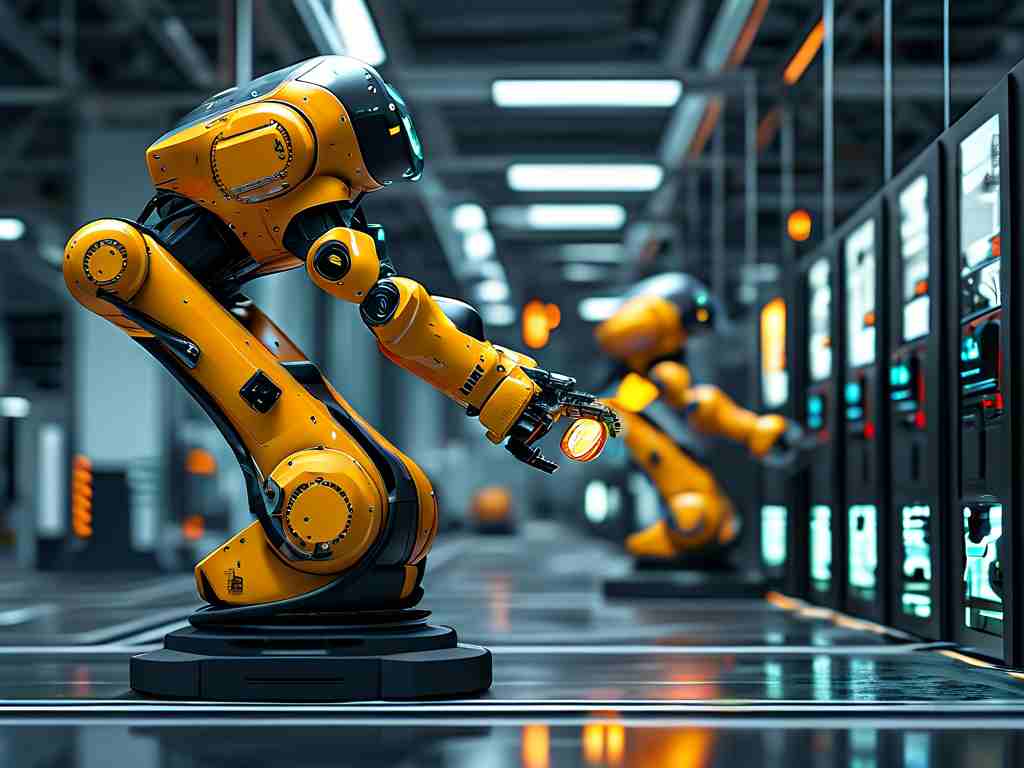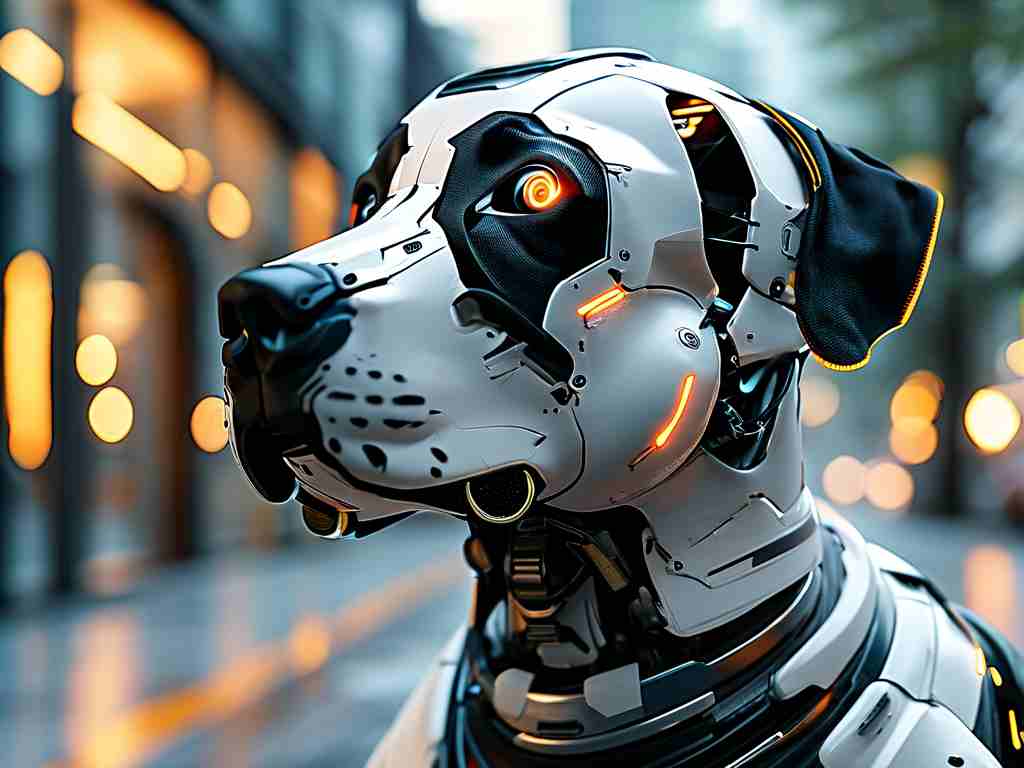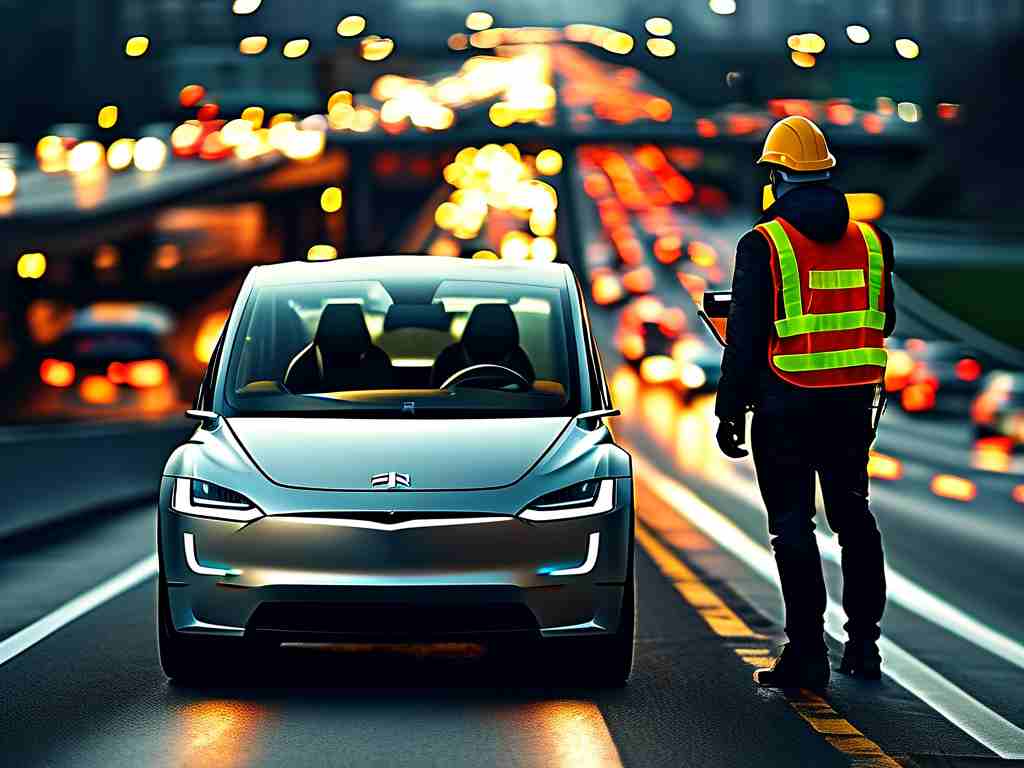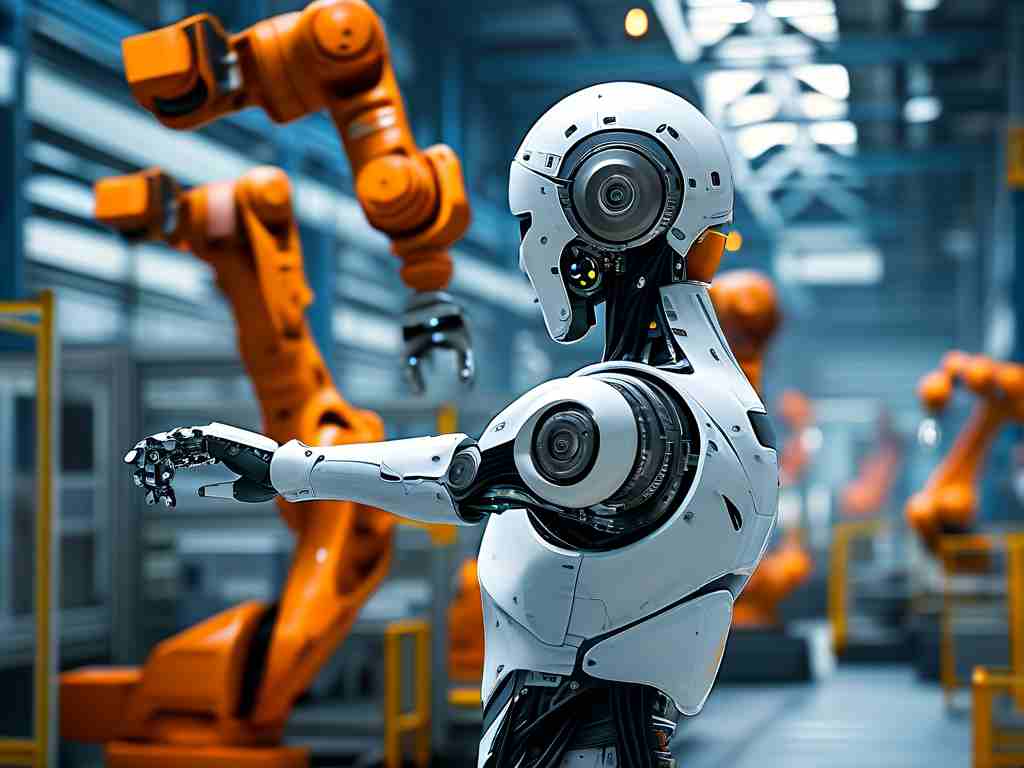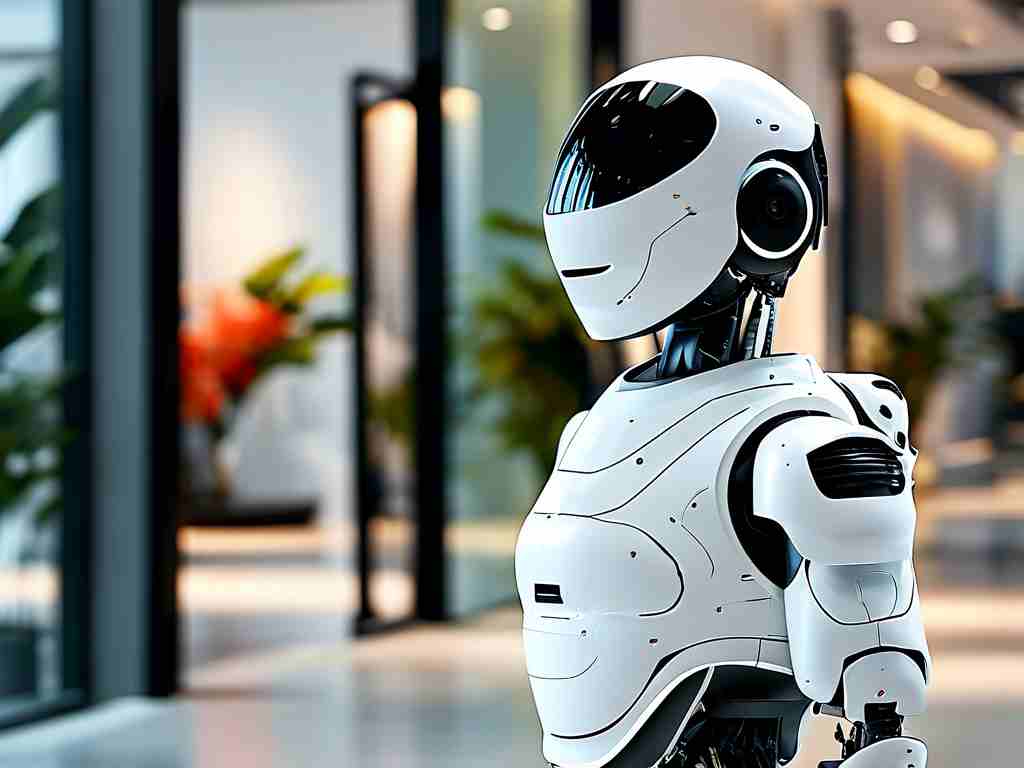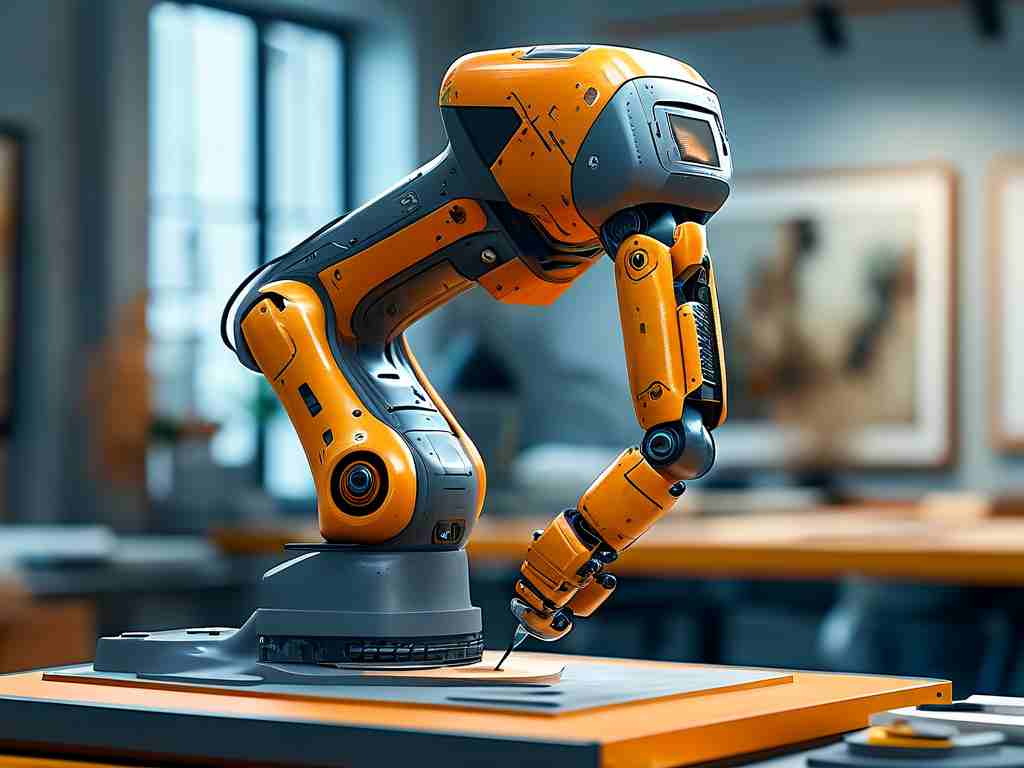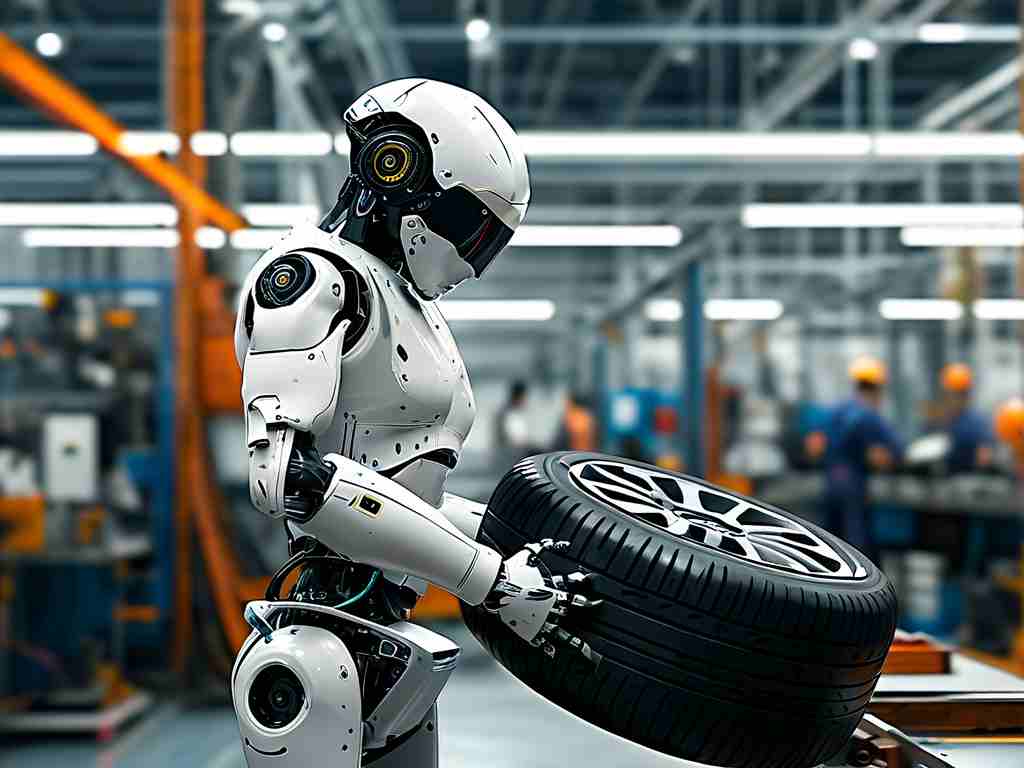The emergence of robotic hair washing technology represents a fascinating leap in personal care automation, driven by advances in artificial intelligence and mechatronics. This innovation aims to transform mundane routines into efficient, hygienic experiences while addressing challenges like accessibility for the elderly or individuals with mobility issues. Initially conceived as a niche concept in the early 2000s, robotic hair washing has evolved from simple mechanical arms in Japanese salons to sophisticated systems integrating sensors and AI algorithms that mimic human touch. Early prototypes faced limitations such as clunky movements and high costs, but persistent research led to breakthroughs in soft robotics and computer vision, enabling machines to detect hair types, apply precise pressure, and rinse with minimal waste. Today, companies like Panasonic and startups globally are rolling out commercial models that not only wash hair but also offer scalp massages and customized treatments, making this technology a growing trend in smart homes and healthcare facilities.
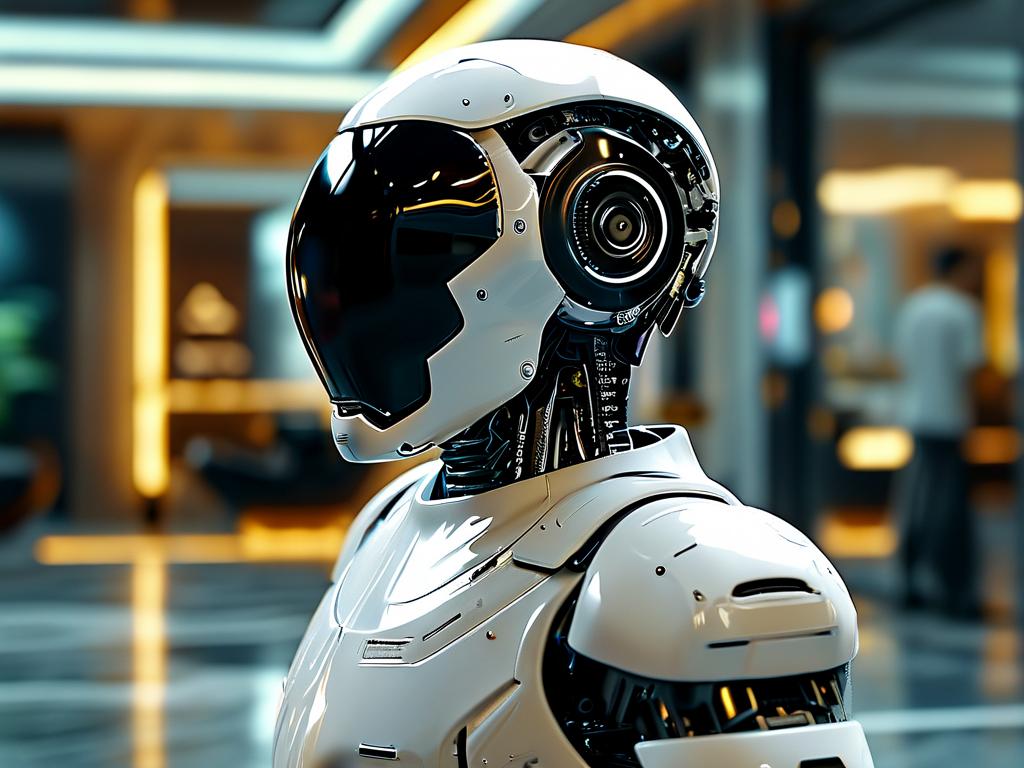
One key driver of this evolution has been the integration of AI and IoT connectivity, allowing robots to learn user preferences over time. For instance, sensors embedded in robotic units can analyze hair density and oil levels, adjusting water temperature and shampoo dosage accordingly to prevent damage. This personalization enhances user comfort, reducing the risk of human error in traditional salons. Moreover, the COVID-19 pandemic accelerated adoption by highlighting hygiene benefits; robotic systems minimize physical contact, using UV sterilization and disposable components to curb germ transmission. Despite these strides, the technology faces hurdles like high initial costs—often exceeding $10,000 per unit—and safety concerns, such as potential malfunctions that could cause tangling or burns. Public acceptance also lags due to cultural resistance, with many consumers preferring human stylists for emotional connections, though trials in nursing homes show promising results for improving independence among seniors.
Looking ahead, the future of robotic hair washing hinges on further miniaturization and affordability, with trends pointing toward AI-driven predictive maintenance and eco-friendly designs that conserve water. Innovations in machine learning could enable robots to diagnose scalp conditions, collaborating with dermatologists for preventative care. As this field matures, it holds immense potential to democratize luxury services, making high-quality hair care accessible worldwide while freeing up human workers for creative roles. Ultimately, the journey of robotic hair washing from experimental gadgetry to mainstream adoption underscores a broader shift toward intelligent automation in daily life, promising not just convenience but a redefinition of self-care rituals.


